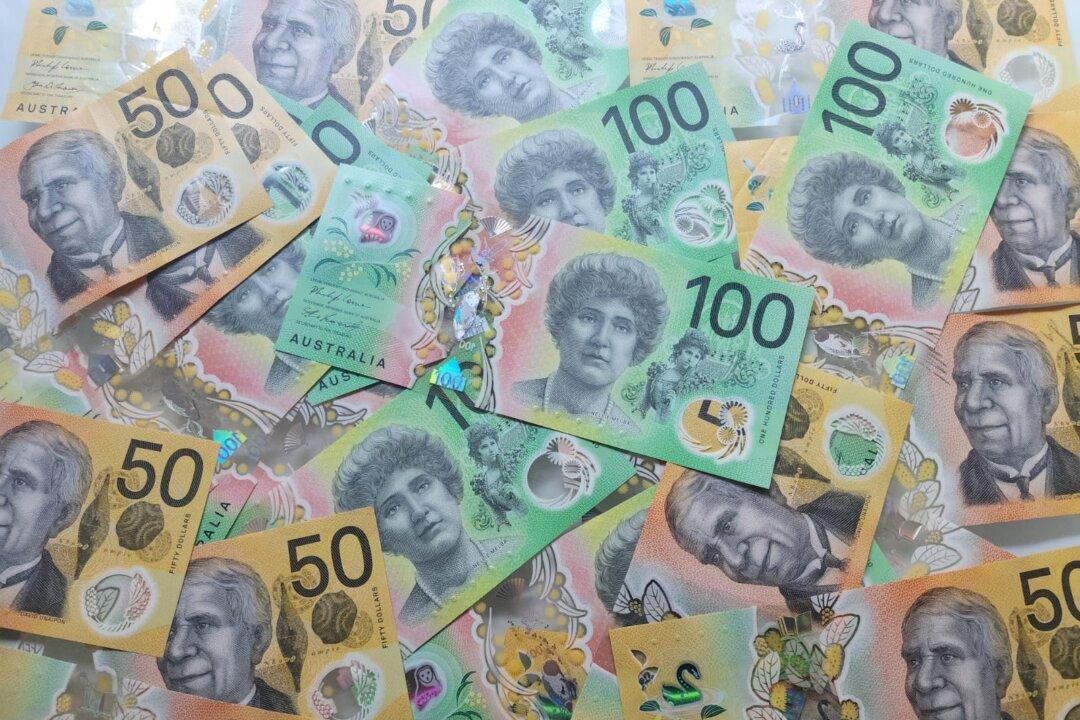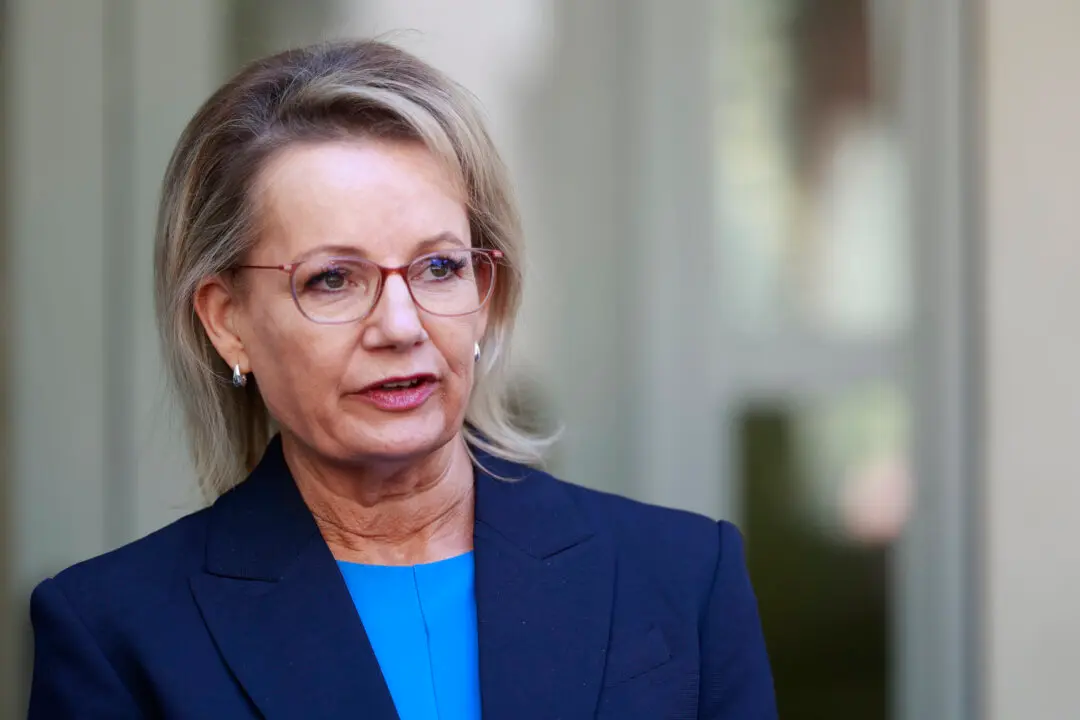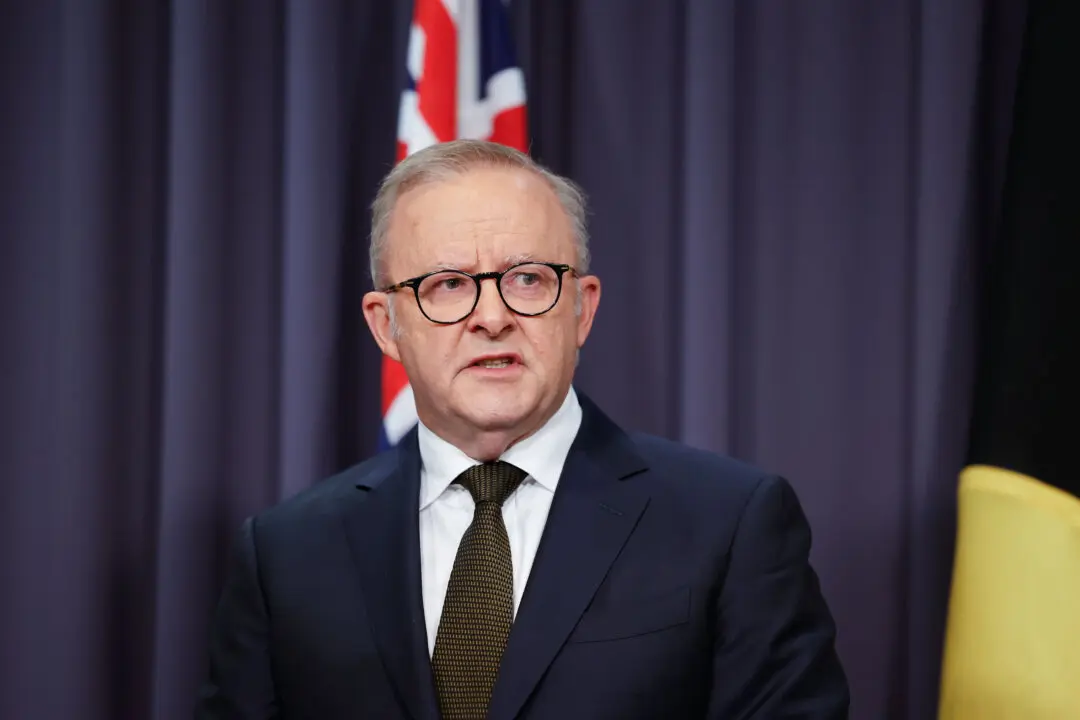Household spending in Australia saw a modest rise of 0.4 percent in November, following a stronger 0.9 percent increase in October, according to seasonal figures released by the Australian Bureau of Statistics (ABS).
While September had seen a slight dip of 0.2 percent, November’s growth was driven by significant retail activity, including the Black Friday sales, which boosted spending in sectors like recreation and culture.





